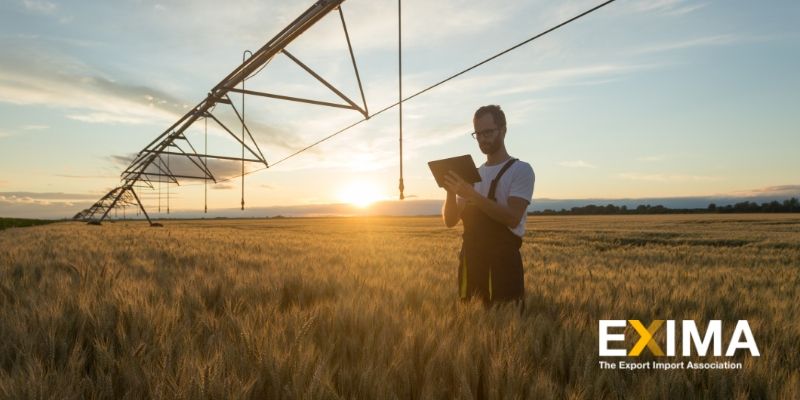The number of employees available to pick ripe fruit has been dropping over the last few years. The situation worsened with the COVID-19 pandemic, emphasizing the need for farmers to find new solutions to stop their crops from rotting out on the field.
10% of fruits are left to rot every year, which is a significant loss for farmers and the effort to feed the world’s growing population. Moreover, it became harder to bring immigrants to work on farms, while locals are less likely to be drawn to manual works that aren’t attractive as other jobs. Therefore, it’s hardly surprising that farmers are turning to machines to provide extra hands. Among the most innovative solutions is the invention of flying robots with AI mechanisms to identify the right fruits for plucking.
The Merits of Technology
Leading the way is Israeli technology firm Tevel Aerobotics, which has built a harvesting machine that combines AI, robotics, and intelligent algorithms to pick ripe fruits. The robots can work night and day without rest—and can be deployed and managed from a centralized dashboard. The elaborate system guides robots to work without crashing into each other, which is an advantage of the fruit-picking robot project.

For farmers, the benefits are noticeable, and the timely deployment of machines will boost the product’s quality shipped out to market. Apart from the obvious benefit of saving their crop, fruit-picking robots will also cut harvesting costs, increase profits, and save time for recruiting and training fruit pickers.
The Broader Picture
The building and deployment of robots to harvest acres of fruits is part of the trend towards using machines to cultivate and harvest. These robotic devices can now till the soil and identify and remove weeds while preserving the crop. Moreover, they can manage irrigation with stunning precision, giving just as much as crops in a particular patch of land needs. There are also externalities involved, although they’re a bit worrying to the future of work and employment. Farmers might not need as many humans for work, meaning the fruit-picking robot project would save lots of resources for them.
They also won’t have to worry about insurance or health benefits. It seems, therefore, the relationship between man and farm will drastically change, but that’s for the distant future. Farmers now have the opportunity to design these systems to incorporate the machine and the human element to the point where they cooperate.
EXIMA is Here to Help!
If you have any questions about international trade or are just looking to build some connections with trade experts, make sure to check out our site!









